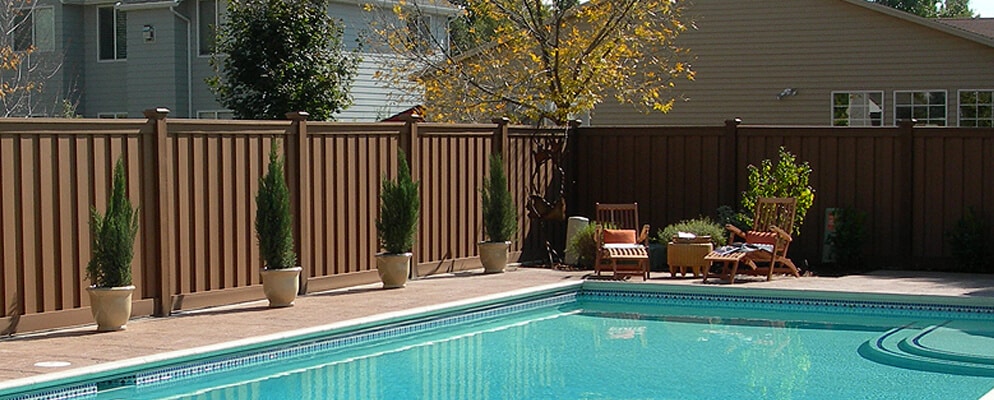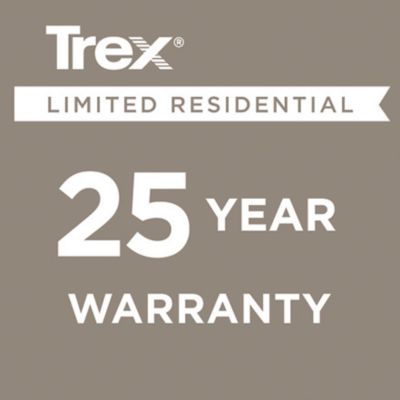Builders and developers aiming for LEED certification often struggle to find green building standard materials that meet both sustainability standards and practical needs.
This challenge extends to fencing materials, where the right choice can significantly impact a project’s sustainability.
Despite its importance, the role of fencing materials in achieving LEED certification is often overlooked.
Yet, selecting the right fencing material can be crucial in meeting sustainability goals and earning LEED points.
In this blog post, we’ll look at how Trex Fencing earns LEED points and enhances the overall environmental performance of construction projects.
What is LEED Certification? A Brief Overview
LEED, or Leadership in Energy and Environmental Design, is a globally recognized green building certification system developed by the U.S. Green Building Council (USGBC).
It provides a framework for designing, constructing, operating, and certifying buildings and communities with sustainability in mind.
LEED certification is based on a point system, where projects earn points for implementing various sustainable practices and features.
These practices encompass areas such as energy efficiency, water conservation, indoor environmental quality, materials selection, and sustainable site development.
Buildings and projects that achieve LEED certification demonstrate a commitment to environmental stewardship, resource efficiency, and occupant health.
LEED-certified structures are recognized for their lower environmental impact, reduced operating costs, and improved occupant comfort and well-being. In the next sections, we’ll explore how Trex Fencing contributes to earning LEED points and supports green building standards and practices.
The Role of Trex Fencing in Getting LEED Certification
Trex Fencing plays a pivotal role in achieving LEED certification for green building standards.
When Trex Fencing is used in a construction project, builders can earn valuable LEED points in several categories, contributing to the overall certification level.
Let’s look at how Trex Fencing contributes to LEED certification:
- Materials and Resources (MR) Credits
Trex Fencing is made from recycled materials, typically containing a high percentage of post-consumer and post-industrial content. This qualifies projects for MR credits, specifically MR Credit 4: Recycled Content, which rewards the use of materials with recycled content.
- Regional Materials (MR) Credits
Trex Fencing is manufactured in several locations across the United States, allowing projects to potentially earn MR credits for sourcing materials from nearby suppliers. This supports the use of locally sourced materials, reducing transportation-related emissions and promoting regional economies.
- Innovation in Design (ID) Credits
Projects may also earn Innovation in Design credits by incorporating innovative and sustainable products like Trex Fencing.
This category allows projects to receive additional points for exceeding LEED requirements or for implementing new strategies that benefit the environment and building occupants.
- Low-Emitting Materials
Trex Fencing does not require painting, staining, or sealing, reducing the use of volatile organic compounds (VOCs) commonly found in traditional fencing materials. This contributes to improved indoor air quality and may qualify projects for credits in the Indoor Environmental Quality (EQ) category.
What are the Benefits of Trex Fencing
Trex Fencing has a wide range of benefits that make it an attractive choice for both residential and commercial applications. Below are some key advantages of Trex Fencing:
- Durability
Trex Fencing is engineered to withstand the elements, including harsh weather conditions, UV exposure, and insect damage. Its sturdy construction ensures long-term performance and minimal maintenance requirements, saving time and money over the lifespan of the fence.
- Sustainability
Made from a blend of recycled wood fibers and plastic, Trex Fencing is an environmentally friendly alternative to traditional fencing materials. By utilizing recycled content, Trex Fencing helps reduce the demand for virgin materials and divert waste from landfills, contributing to a more sustainable construction industry.
- Low Maintenance
Unlike wood fencing, which requires regular painting, staining, and sealing to maintain its appearance and integrity, Trex Fencing requires minimal upkeep. Its non-porous surface resists staining and fading, and it can be easily cleaned with soap and water, eliminating the need for harsh chemical cleaners.
- Versatility
Trex Fencing is available in a variety of styles, colors, and finishes to complement any architectural style or design aesthetic. Whether you prefer the look of traditional wood, modern metal, or contemporary composite materials, there’s a Trex Fencing option to suit your preferences.
- Warranty
Trex Fencing is backed by a 25-year warranty, providing peace of mind and assurance of quality and performance. With a warranty that covers defects in materials and workmanship, as well as fading and staining, homeowners and contractors can trust that their investment is protected for years to come.
Choose Trex Fencing for their LEED Certification and Green Building Standards
Choosing Trex Fencing isn’t just about looks—it’s about making a real difference in how we build sustainably. By going with Trex, builders, and developers aren’t just ticking off a box for LEED certification; they’re actually reducing the environmental impact of their projects.
With its durability, low upkeep, and use of recycled materials, Trex Fencing isn’t just a fence—it’s a step towards a greener future. Get your material quote today!




